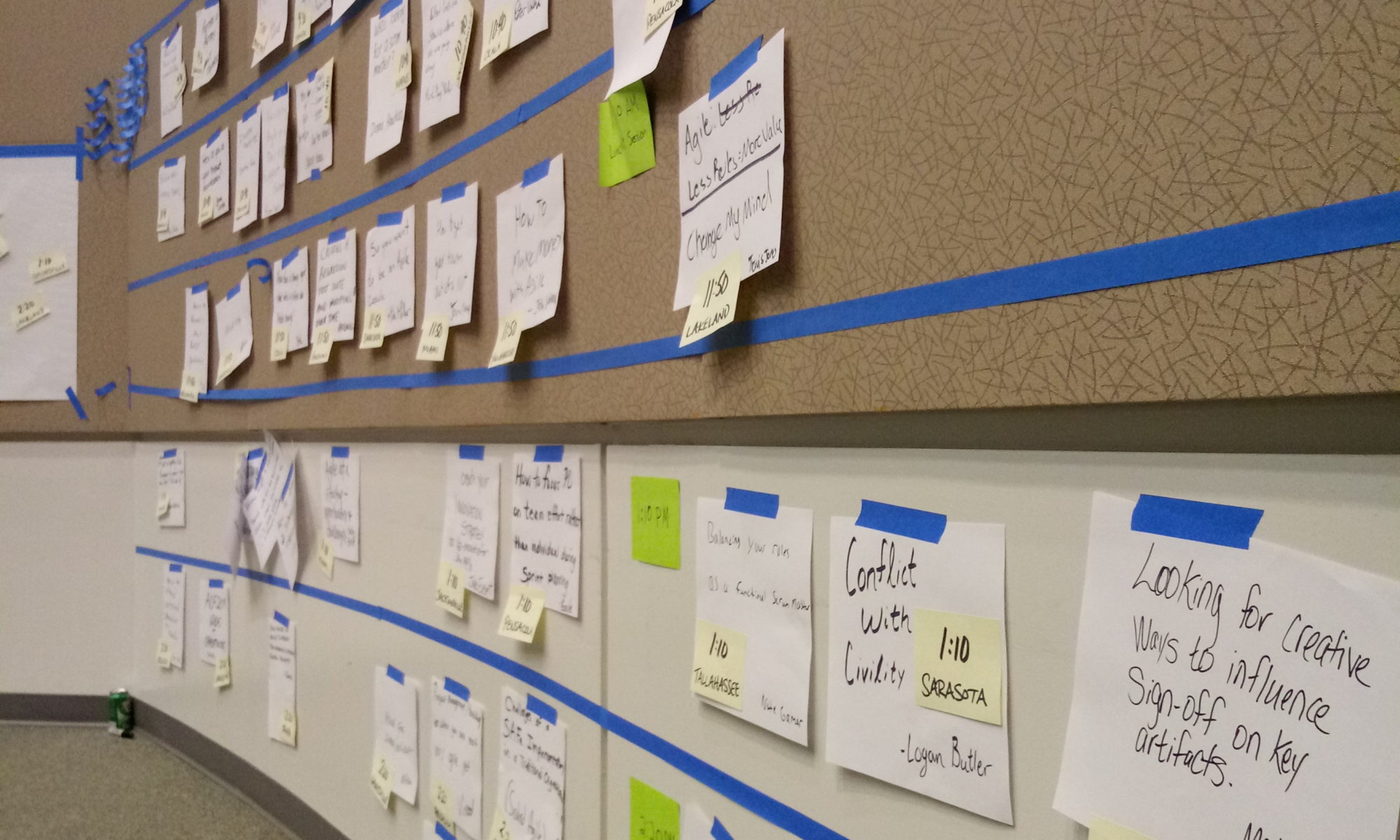This must be my most frequently shared bit of OS practice guidance. These rules were developed at University of Kentucky Rural Medical Center and reported by Lloyd Kepferle in Harrison Owen’s Tales from Open Space (pdf).
They are a good reminder that Open Space is not just way to have better meetings, or even better organizations. It’s a better way to BE IN organization with others, if we will make the sort of simple shifts suggested here.
In the last 20 years, especially in pandemic time, they’ve become less strange than when they were first written.
Eliminate constraints on the following:
- Who can call a meeting.
- The type of problem or opportunity that is being addressed.
- The availability of time to have a meeting.
- Who may attend a meeting.
- The availability of information necessary for a group to work.
Personal empowerment is constrained by the following:
- When a problem or opportunity is to be discussed, there must be wide notification of the meeting time and place so that anyone who is interested can attend.
- Proposed solutions/ideas must be broadcast widely so that they can be acknowledged as organizational policies, programs, or procedures, or, if they are contradictory to organizational rules, another solution can be sought.
- Proposed solution cannot be hurtful to anyone else.
- Proposed solutions should channel limited resources so that they have maximum impact on achieving organizational goals.
- Accomplishing the work for which people were hired takes precedence over the group work. However, if the right people (those who really care) are involved in any topic, they will find a way to make sure their work is completed and the work of the group is brought to a successful conclusion.
Through these simple (ongoing) practices and procedures, any ordinary organization can transcend (not replace) its old ways of being and include and embody (more fully and consciously) this thing we call Open Space.

